Complete Urine Analysis
A complete urine examination comprises a series of steps which helps to detect diseases or conditions such as diabetes, uroliths, liver or kidney problems, urinary tract infections etc. The steps include visual, chemical, and microscopic examination of the urine.
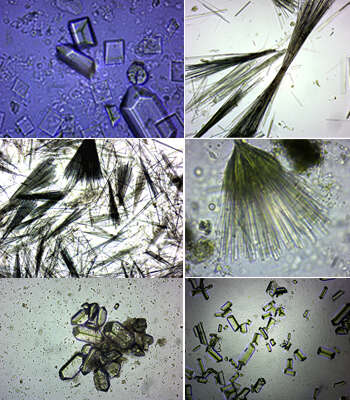
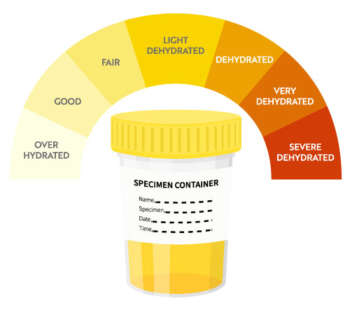
Urinary Cortisol/ Creatinine Ratio
When an animal has Cushing’s disease, it produces an excessive amount of cortisol. This increased blood cortisol concentration results in increased loss of cortisol into the urine. Therefore, the urinary cortisol/creatinine ratio is usually increased in animals with Cushing’s disease.
Stone Analysis
Uroliths are aggregates of crystalline and matrix material that form in one or more locations within the urinary tract when urine becomes oversaturated with crystallogenic substances. Although one mineral type usually predominates, the composition of uroliths is frequently mixed and their composition is required to alter the diet of animal to prevent future risk of urolith formation. The uroliths or stones are subjected to FTIR – FOURIER TRANSFORM INFRARED SPECTROMETRY.
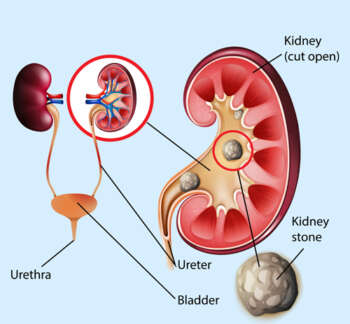
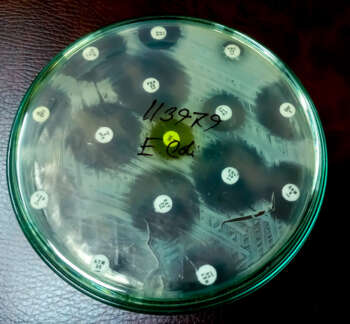
Culture and Sensitivity
In this test, a veterinarian carefully take a urine sample from pets in a sterile fashion and send it to a lab to see if bacterium will grow in it (culture). Any bacteria that grow from the culture will be tested against a variety of antimicrobials / antibiotics to find which medicine works best (sensitivity testing).
Stool Ova / Routine
A routine stool examination is useful in finding the cause of diarrhoea, detecting parasites and knowing the cause of symptoms affecting the gastrointestinal tract.
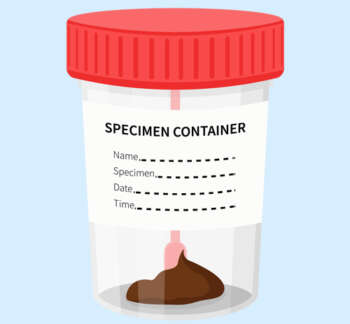
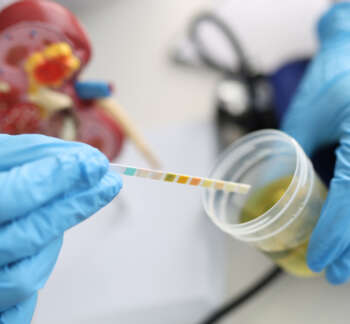
Urine Protein Creatinine Ratio
The urine protein:creatinine (UPC) ratio is a simple test that measures how much protein is being lost through the kidneys. It is used to determine whether a pet may have serious kidney disease
